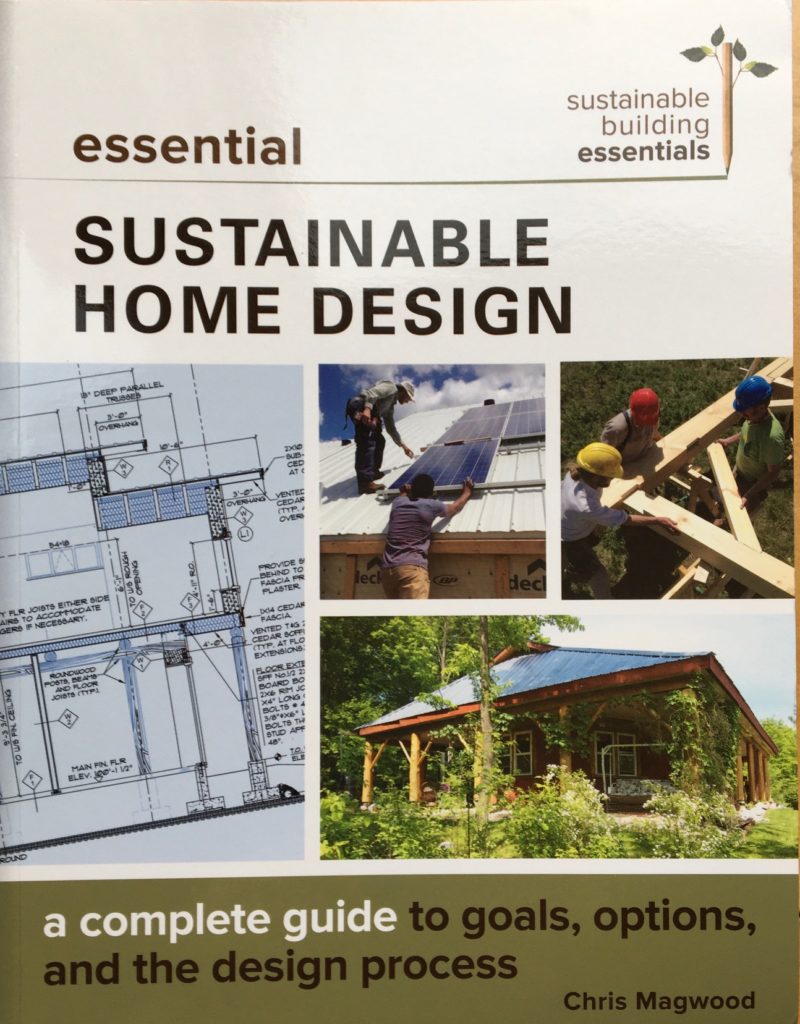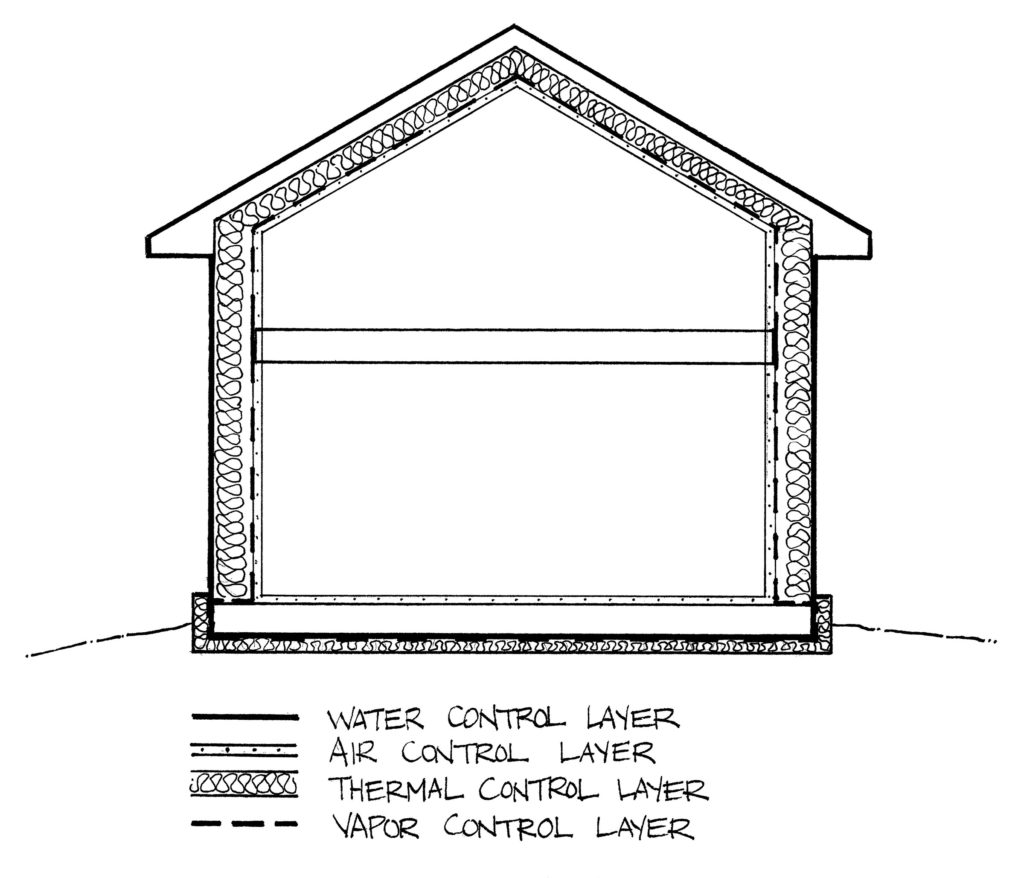How building science can help you build more efficiently
Many people would like their home to be more self-sufficient and efficient. For those starting from the ground up and building their how home, there is solid, proven science behind methods to make your home both. This excerpt from Essential Sustainable Home Design by Chris Magwood explains why the science behind the design is so important.

Welcome to the science of building
Oh no, not science! The term building science may sound intimidating. After all, you are just trying to build yourself a decent home — is it really necessary to delve into science?
The simple answer is: Yes.
If you are familiar with the basic principles of building science, you will make better decisions about your building. You will ask important questions and be able to take part in essential discussions about your home. And fortunately, it is within everybody’s grasp to understand enough fundamental building science to clarify the importance of applying it to your project.
What is building science?
The concept of building science as a distinct mode of inquiry is relatively new, and asks a very basic question: How do we create comfortable and efficient indoor spaces without causing negative human health or building durability issues?
Answering this question requires a holistic approach, incorporating elements of architecture, engineering, physics, health and environmental science, and even the social sciences. Each of these fields is capable of shedding light on some aspect of building science, and design teams armed with adequate knowledge about building science can create a plan for building that will not only be comfortable, it will do no harm.
How is this a new field?
Shelter. For most of human history, if a building kept all — or even most — of the elements at bay most of the time and did not fall down or otherwise cause direct harm, it met our expectations.
Human beings have thousands of years of experience in successfully making buildings that meet these basic requirements. It is when we add the relatively recent (and continuously evolving) notion of comfort that we enter new territory. We only have a few centuries of making buildings with energy systems — combustion of wood or fossil fuels — that effectively temper living conditions with any degree of smoke control via functional chimneys.
We have about one century of experience with buildings that can provide the myriad conveniences of electricity. We have just over half a century of attempting to offer year-round control of temperature and humidity to a fine degree, and only a couple decades of trying to do so without using obscene amounts of fossil fuel energy.
So, although it may seem that the basic question of building science should be something we’ve already figured out, it really is a relatively recent pursuit.
Comfort and energy efficiency
For a brief time in the 20th century, we achieved a high degree of occupant comfort in our buildings by using fossil fuels relatively indiscriminately; we filled leaky homes with conditioned air at a rate slightly faster than it exited. We were able to reliably meet thermostat set temperatures — if we used a lot of fuel to do so.
When the price of all that fuel started to rise dramatically in the 1970s, our first reaction was to add insulation to buildings to slow down the loss of heat. However, these new, more insulated houses were still relatively leaky and did not meet predicted energy savings. By the late 1980s, we were beginning to attempt to both insulate and seal buildings against gross air leakage. These buildings were, indeed, more energy-efficient. However, they also experienced many forms of moisture-related failure.
The efforts to solve these failures are at the heart of building science. The rest of this chapter will attempt to make clear the reasons for those failures and what has been learned to ensure that we can, indeed, create comfortable and efficient indoor spaces without causing negative human health or building durability issues.
Thinking about “Control Layers”

A well-designed building enclosure does four things:
- Keeps water out.
- Controls airflow into and out of the building.
- Keeps heat energy in or out, as desired.
- Manages vapor migration.
A building that effectively controls water, air, heat, and vapor according to the demands of the climate and the needs of the occupant is a successful, comfortable, efficient, and durable building. Your basic understanding of building science begins with identifying each of these four control layers in your building.
This, “Building Science Basics,” is excerpted from Essential Sustainable Home Design by Chris Magwood. Used with permission of the publisher, New Society Publishers.
